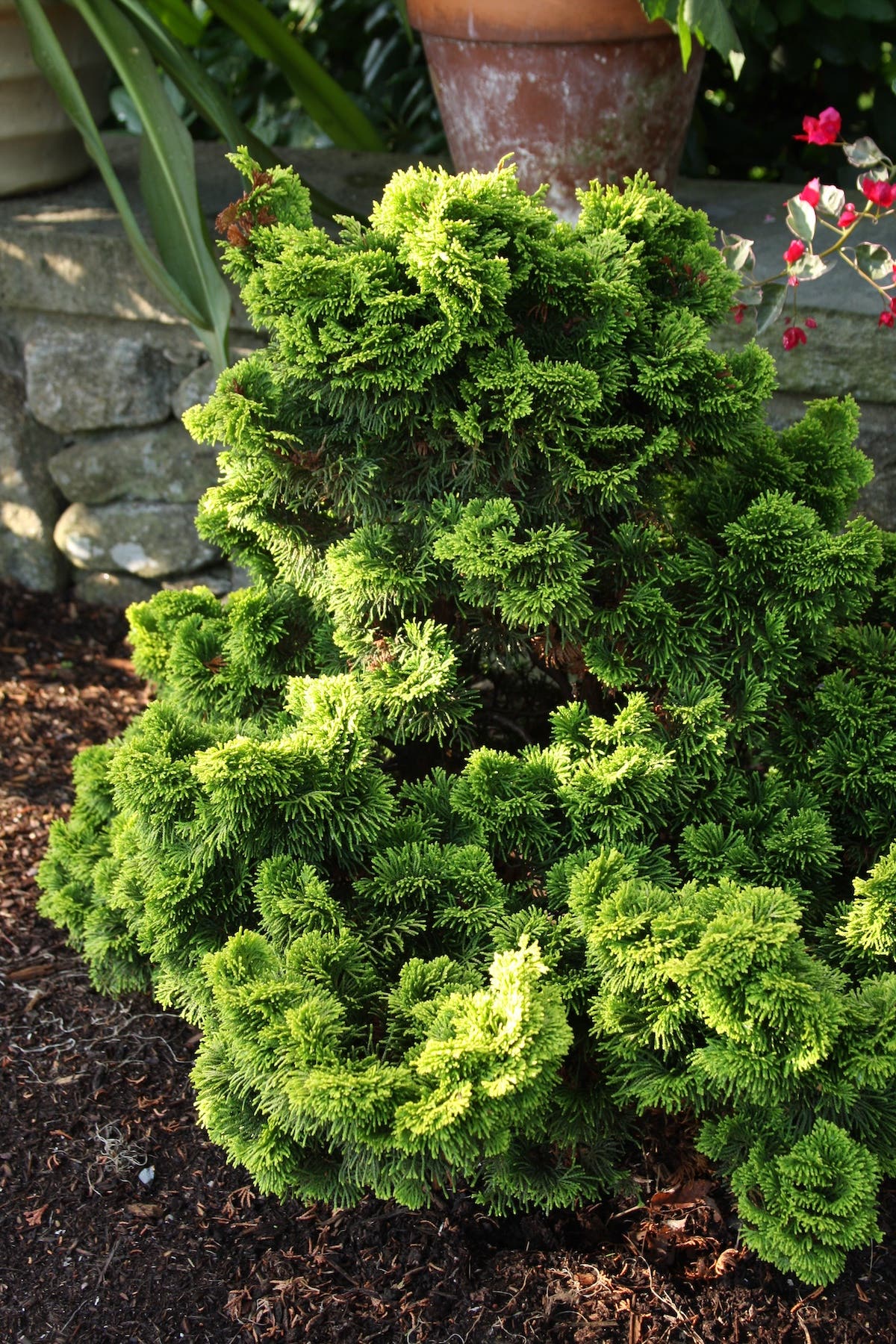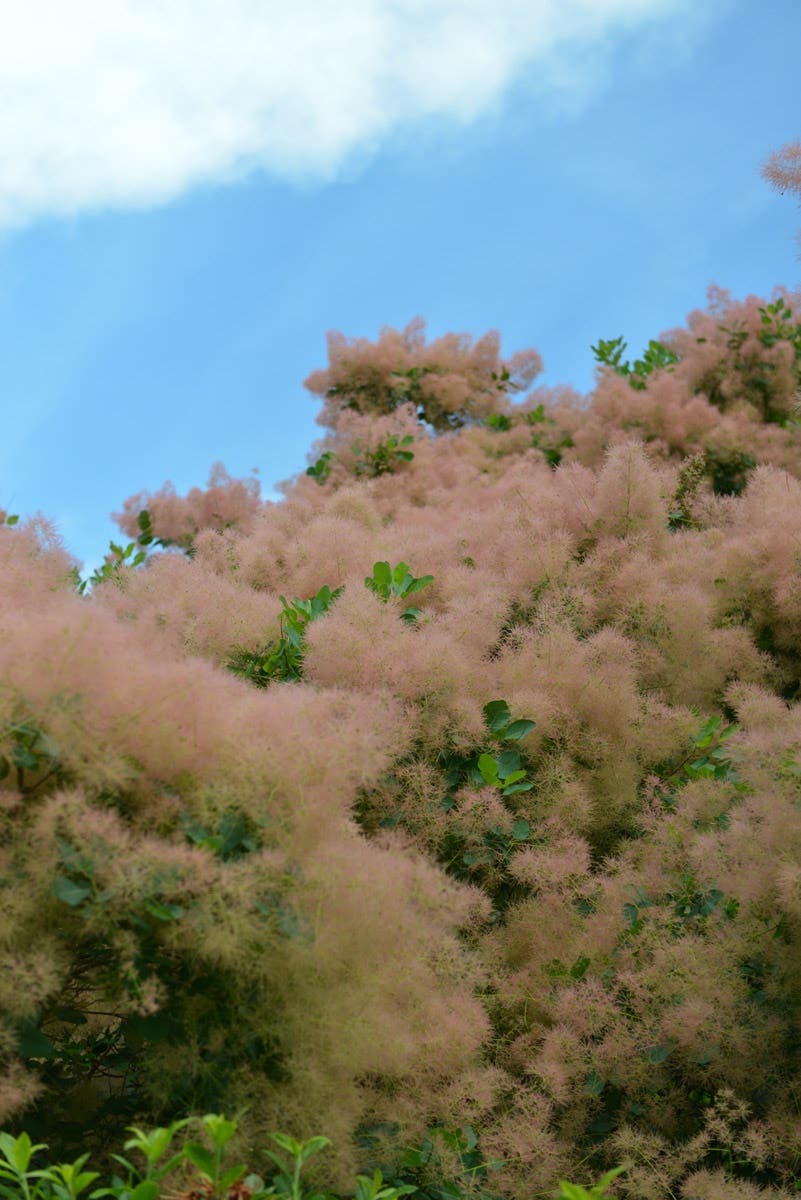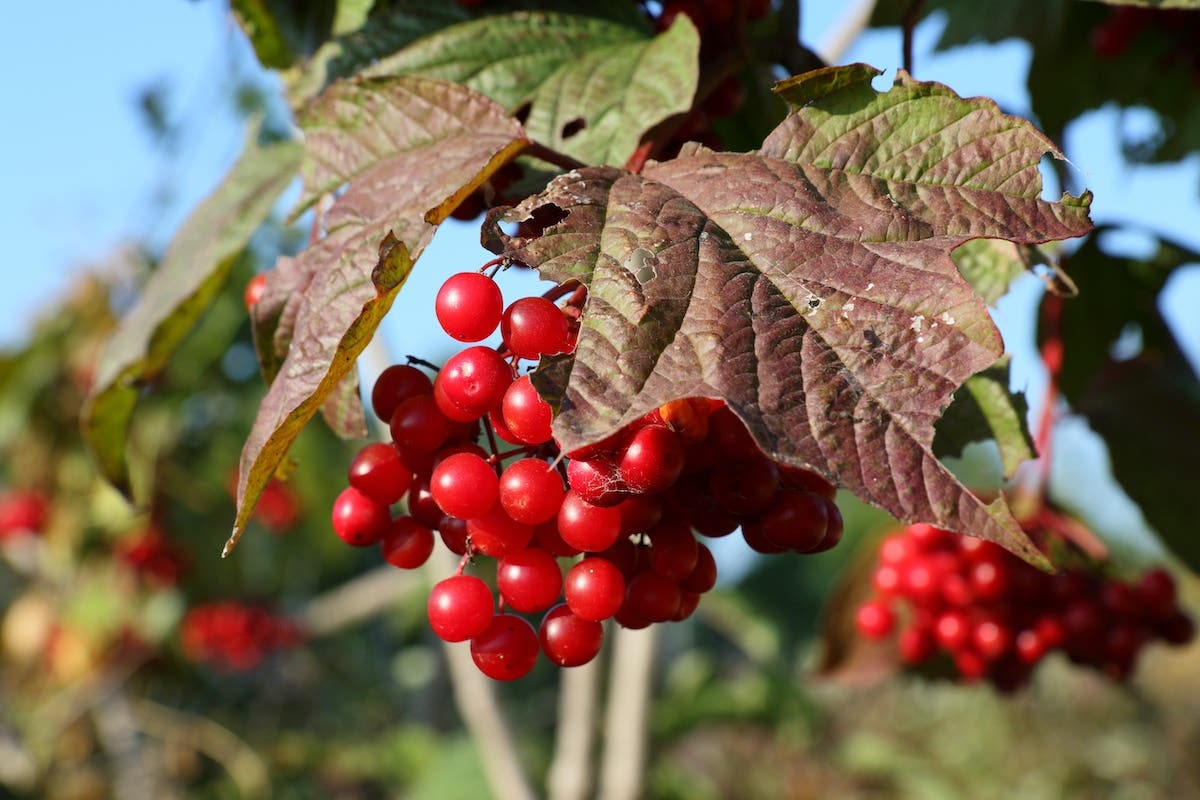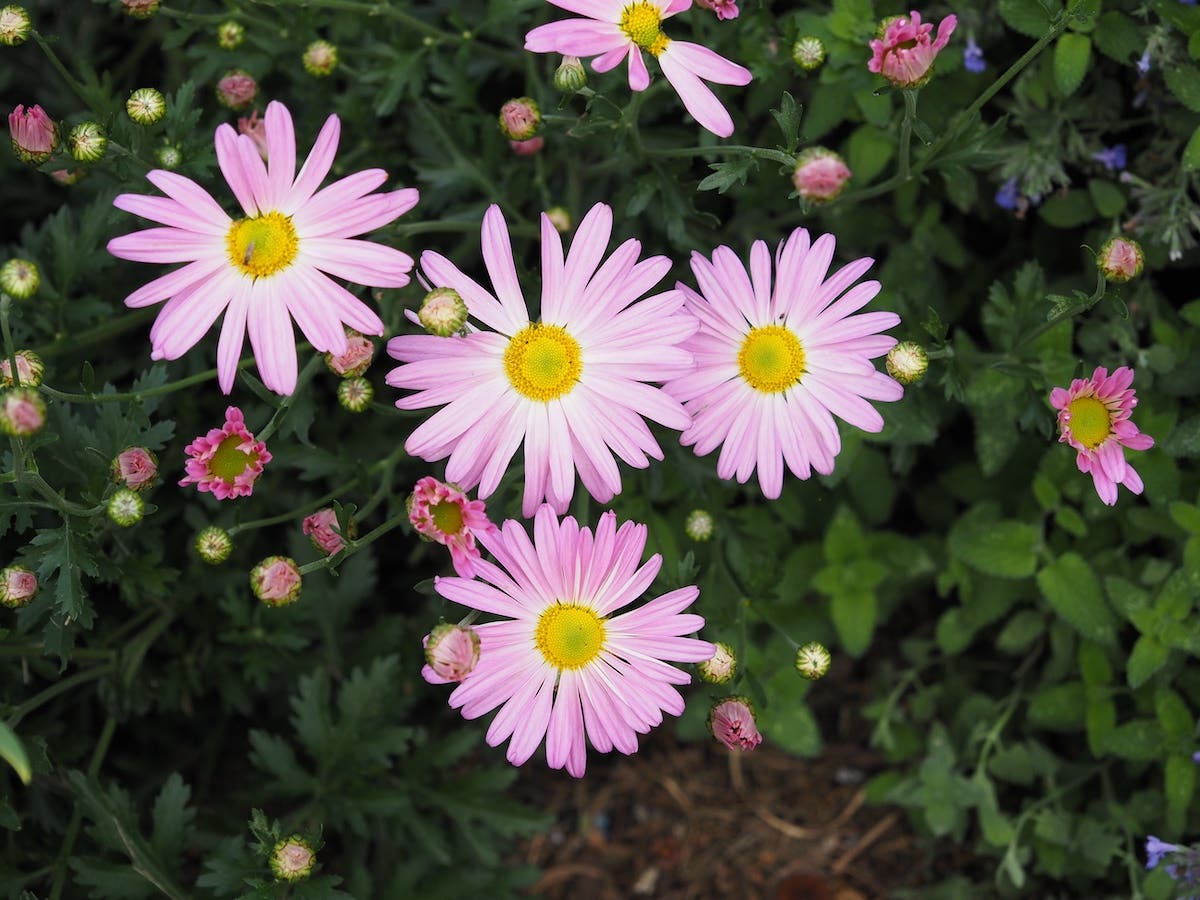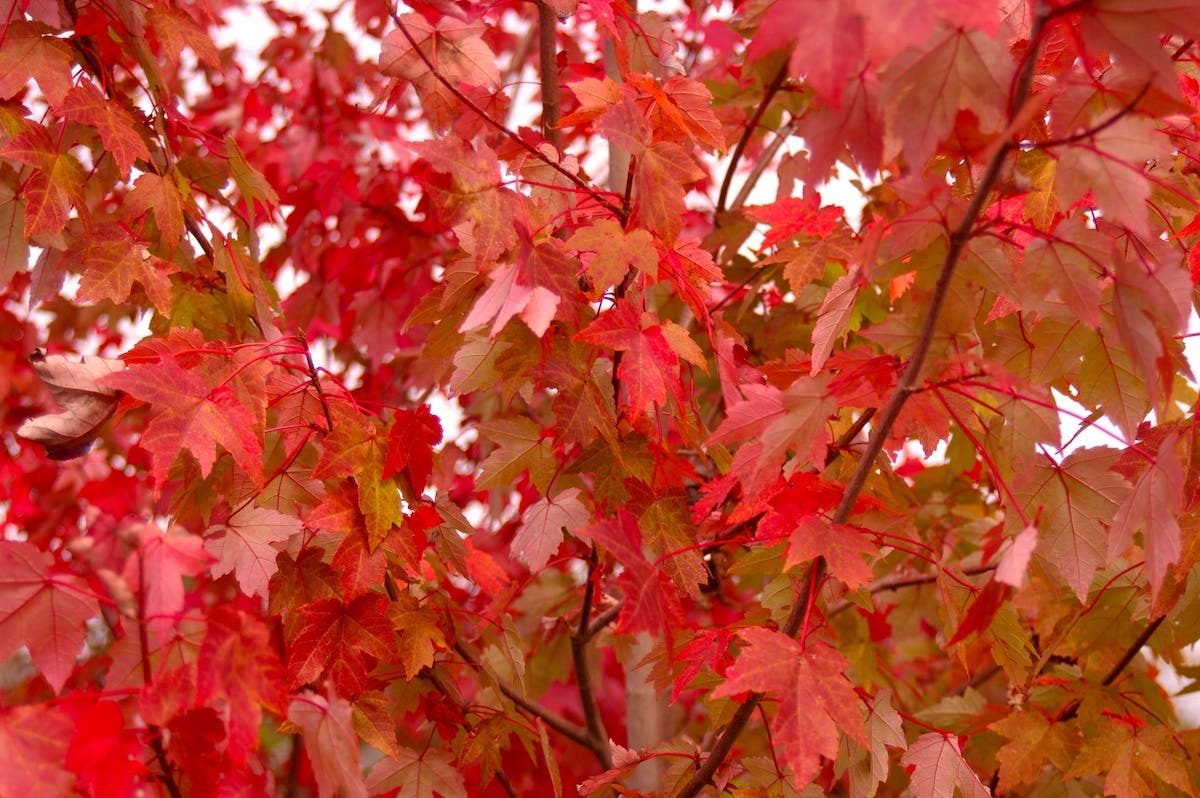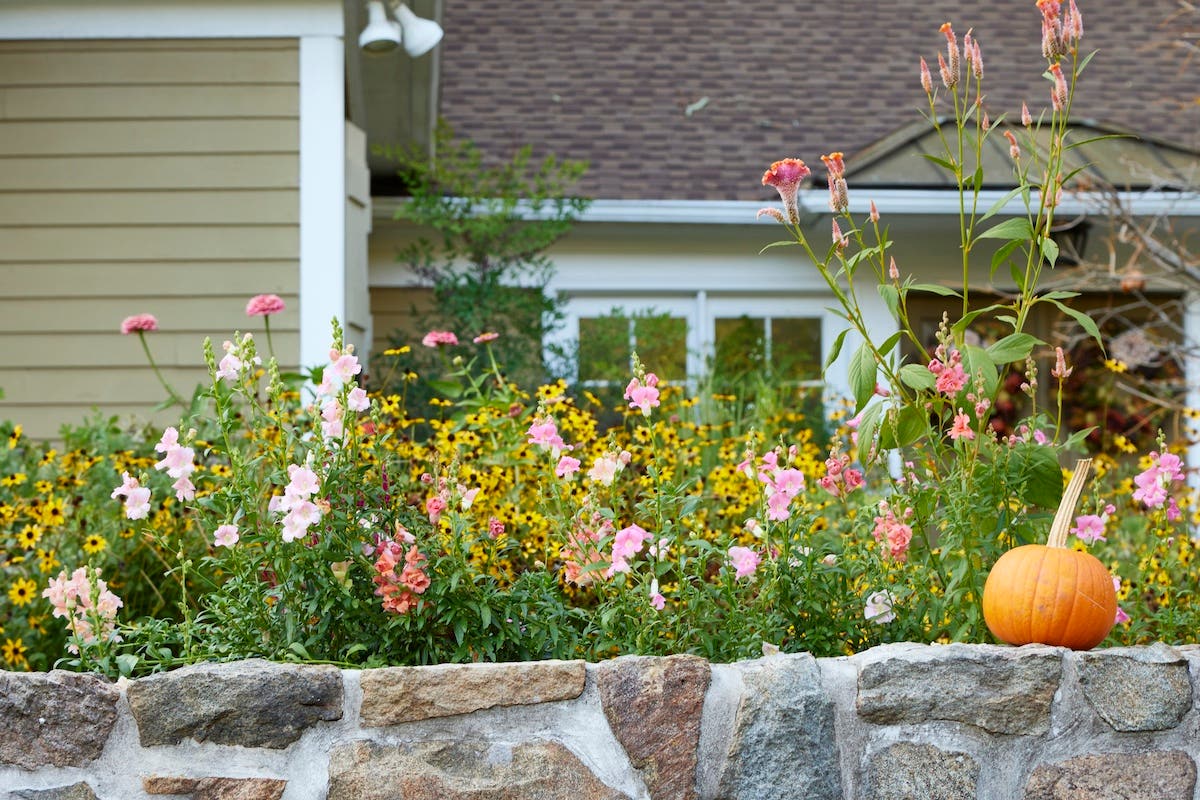New Magnolias Offer Better Hardiness and Manageable Size
Recent breeding has resulted in deciduous magnolias that bloom reliably in northern gardens and evergreen magnolias that fit in smaller spaces.
Magnolias continue to be one of the most popular of all the ornamental trees. This versatile genus is well known for the deciduous kinds that bloom in spring, like saucer magnolia (Magnolia x soulangeana) and star magnolia (M. stellata), and also for its many evergreen species, including the southern magnolia (M. grandiflora) and the sweetbay magnolia (M. virginiana var. australis).
Time-tested, familiar species and cultivars continue to delight gardeners, but there is much to look forward to. Many new evergreen species and hybrids are today being evaluated for their landscape potential, drawing on M. figo, M. foveolata, M. insignis, M. laevifolia and many other new Asian species.
Tom Ranney, plant hybridizer with the Department of Horticultural Science at North Carolina State University Mountain Horticultural Crops Research & Extension Center, summarizes the current breeding work that is happening with magnolias:
“We are working on testing the limits of wide hybridization of magnolias with the goal of combining unique and diverse traits. We continue to drive new, complex hybrid evergreen and deciduous trees and shrubs with good cold hardiness, diverse flower colors, fragrance, showy flowers, late bloom times and the ability to root from cuttings. There are a lot of traits to work with in magnolia. We are making good progress on dwarf evergreen shrub and hedge forms. Ultimately, I think the palette of commercially available magnolias will change dramatically; it just takes a little time.”
Frost-proof deciduous magnolias
Spring magnolia time in any climate shines as a highlight of the gardening season. The saucer magnolias (M. x soulangeana) have been dubbed “the queen of magnolias” thanks to their stunning beauty in the spring landscape. But a new hybrid release from Tom Ranney’s breeding program equals the saucer magnolia’s flower power. Named M. Mercury (‘NCMX1’), it’s an upright, 25-foot-tall tree with a 15-foot-wide oval canopy. Hardy in Zones 5 though 8, it blooms later in spring than many saucer magnolias, reducing the risk of frost damaging (or canceling) the flowers. The large, bubble gum-pink flowers offer good fragrance. Mercury can be grown as a single specimen, but it is also effective as a group planting.
Over the last few decades there has been a concentrated effort to develop magnolias that can survive in some of the coldest parts of the United States. This aim is reflected in the dozens of cultivars available today that resulted from the hybridization work of Dennis Ledvina. The Green Bay Botanical Garden in Wisconsin showcases many of these outstanding selections and other trees from Dennis’s collection, which he shared with the garden. Dennis aspired to look at many of the most ornamental cultivars that thrive in Zones 6, 7 and 8 and create similar magnolias that would survive his state’s Zones 4 and 5 winter.
Ledvina hybrids include the well-known ‘Rose Marie’ (Zones 5–8), a late and long bloomer in two shades of pink (bright on the outside, lighter on the inside), which Dennis named for his mother. It can flower for six weeks and stays under 20 feet. ‘Royal Splendor’ offers a similar bloom from an early age. This hybrid and the deep rose ‘Red Baron’ are hardy to Zone 4, as is ‘Golden Rain’, a yellow-flowered selection with distinctively upright branches. ‘Sunset Swirl’ blends shades of pink and yellow in its tepals that splay to a pinwheel shape in late spring.
One of Dennis’s most interesting introductions, ‘Exotic Star’ is a hybrid of M. grandiflora and M. sieboldii. He wanted to create a magnolia that coupled the ornamental attributes of the southern magnolia—glossy evergreen leaves, large fragrant white flowers—with a hardiness rated to Zone 5 or 6. The M. sieboldii parent brings considerable hardiness, but ‘Exotic Star’ needs further work and testing. Dennis passed away in 2015, but his hybrids continue to be named and developed.
For extreme winters, Todd West at North Dakota State University has selected M. x loebneri Spring Welcome (‘Ruth’). Reaching 20 feet tall and wide, this spring-flowering magnolia has proven hardy in Zones 3 and 4, and it can grow in climates as warm as Zone 8. The flowers are borne in profusion, with each comprising 11 to 13 tepals emerging pure white from frost-proof pink buds. It has outperformed other M. x loebneri cultivars in Zone 4 trialing.
Scaled-down evergreen magnolias
Recent years have also shown continued efforts to create more options among evergreen magnolias as viable ornamental choices. The most cultivated magnolia globally is M. grandiflora, treasured for its leathery leaves and large, fragrant, cream-colored flowers. I have seen it planted all over Europe and China and used as a street tree in Colombia. In the US, it is ubiquitous throughout the Southeast and a common choice for an evergreen on the West Coast.
The species can reach more than 50 feet tall with a broad crown but becoming increasingly popular are a handful of diminutive selections, including ‘Kay Parris’, believed to be a hybrid between the larger ‘Bracken’s Brown Beauty’ and ‘Little Gem’. ‘Kay Parris’ grows to 18 to 20 feet tall at maturity, with an upright, pyramidal habit. It makes the perfect evergreen for a small garden or a courtyard in Zones 6 through 9.
Teddy Bear (‘Southern Charm’), a Garden Debut introduction for Zones 7 through 9, ultimately stands 15 to 20 feet tall and 8 to 10 feet wide. It is characterized by round leaves with a distinctive rich brown indumentum on their undersides. (Read more about Teddy Bear.) Even smaller in stature is Baby Grand (‘STRgra’), topping out at just 8 to 10 feet tall and 7 feet wide. It has attractive brown buds and a hint of tan on the leaf’s reverse, and it thrives in Zones 8 through 11.
The Fairy Magnolia series bred by Mark Jury of New Zealand is becoming increasingly popular in the United States. There are three selections—Fairy Cream (‘Micjur02’), Fairy Blush (‘Micjur01’) and Fairy White (‘Micjur05’)—whose names reflect the shades of their flowers. These plants are a complex hybrid of different evergreen species: M. figo x (M. doltsopa x M. yuyuanensis). The resulting hybrids are evergreen and shrublike, growing 9 to 12 feet tall and 5 to 7 feet wide. Fragrant flowers line the stems in late spring, with a sporadic summer rebloom. Hardy in Zones 7b through 11, these bring another evergreen magnolia choice to the Southeast and West, but they could also be a viable landscape plant in Washington DC, Baltimore and Philadelphia.
Magnolia figo shows up in other recent introductions. There’s M. figo var. crassipes ‘Royal Robes’, which has a similar stature to the Fairy magnolias and an abundance of purple flowers. ‘Stellar Ruby’, an M. figo selection by magnolia hybridizer Pat McCracken, can be found as part of the Southern Living Plants Collection. At maturity it reaches 10 to 15 feet tall with a spread of 6 to 8 feet. Deep burgundy-purple, fragrant flowers cover this columnar tree in late spring. It is hardy in Zones 7 through 9.
While magnolias have been a popular landscape plant for well over 100 years, they will continue to excite the gardener. With many magnolia breeders creating complex hybrids using new species brought to botanic gardens and arboreta from expeditions to Vietnam, China and beyond, more evergreen choices will become available. A holy grail in the magnolia world continues to be a true red magnolia. It is undoubtedly on the horizon.
Image credits: Magnolia Grove (Teresa Riehl) and 'Golden Rain' courtesy of Green Bay Botanical Garden. Mercury courtesy of J. Frank Schmidt & Son, Co. 'Kay Parris' by Megan Hansen/CC BY SA 2.0 Deed. Fairy Cream courtesy of Anthony Tesselaar Plants. Stellar Ruby courtesy of Southern Living Plant Collection.


